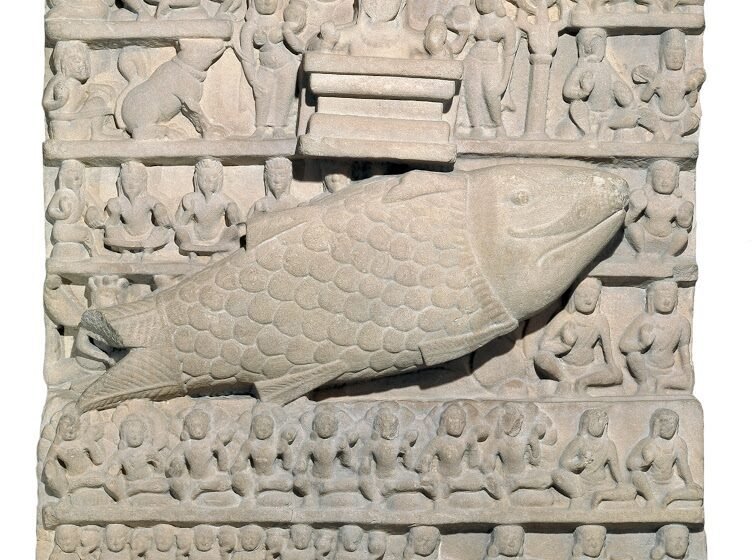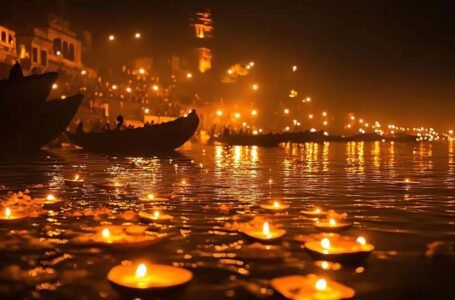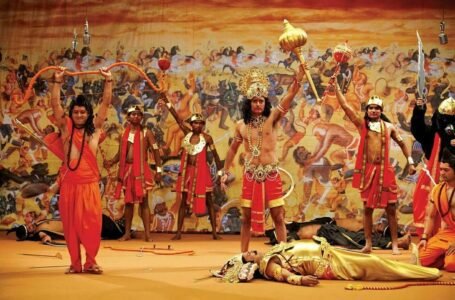MahaJanpada : Matsya – The kingdom of Viraat

Choosing leaders or rulers by voting has become so common these days, but have we ever wondered about how the leaders were chosen in the past? At a time, when there were not so many political organisations and all. They were chosen through various means, and by the Janapadins, but who are they?

Ancient Indian History starts with the stone ages. And then gradually moved forward to the time when cities started coming and they witnessed the first arrival of groups of communities in the 16 Mahajanapadas. It happened during the 5th and 6th centuries, which is also regarded as one of the turning points of Indian history. It was at this time when, India’s first large cities with a proper geographical border and political statuses started emerging. It had arisen after the demise of the Indus Valley civilization. Due to its geographical circumstances, there was seen to be an increase in the production of agriculture and other materials. Increased surplus production resulted in the expansion of trading activities on one hand and an increase in the amount of taxes for the ruler on the other.
The evidence of the growth of agriculture comes from the archaeological and literary sources of this period. In fact, a plowshare dated to around 500 BC has been found from Jakhera in Etah district in western U.P. The latter helped in the evolution of large territorial states and the increase in a commercial activity facilitated the growth of cities and towns along with the evolution of money and economy. The Varna system became more consolidated and perpetual. In this era, the rise of Sramana movements were also observed. These movements included Buddhism and Jainism, and these movements challenged the religious orthodoxy of the Vedic era.

The term “Janapada” means the foothold of people. Janapada refers to the country while janapadin is used for its citizens. The janapadas were named after the people who settled there in that specific area, these people mainly belonged to the Kshatriya class. These settlements(the people residing at the janapadas) led the growth from Janapadas to Mahajanpadas. By the middle of 6th BC, the focus of chief political activity moved from the western part of Gangetic plain to the eastern part. The eastern part of Gangetic plain consists of present-day Bihar and eastern Uttar Pradesh. The main reason for this shift was the fertile lands, better climate, and topography conditions bestowed with rainfall and rivers, and this led to surplus production. In fact, it was the augmented use of iron tools and weapons that helped and empowered small states to develop as a kingdom which is later known as Mahajanapadas. Buddhist and Pali texts mainly refer to 16 mahajanapadas or great nations in english. These referred Janapadas existed prior to the time of Buddha. The Buddhist, Anguttara Nikaya at several places gives accounts of these mahajanapadas: anga; assaka ; avanti; chedi; gandhara ; kashi ; kamboja ; kosala ; kuru; magadha ; malla; matsya ; panchala ; surasena ; vajji; vatsa.
It was one of the sixteen Mahajanapadas in the Matsya kingdom (700-300 BC). To its north and east were the Kuru and Surasena Mahajanapadas, and its capital was Biratnagar(Viratanagar), the northern part of Jaipur. The kingdom was named after the Matsya ‘fish’, which is sacred to the Hindus, which is described in detail in the Matsya Purana and is one of the incarnations of Vishnu. The mahajanapada of the Macchas(Matsya is often known as Maccha as well.) is generally mentioned along with the Surasena, because of its close connection to it. Because of its capital, it was called the city of King Virata. The Vidhura Pandita Jataka talks of the Macchas as among those who were present at the time of the game of dice played between Punnaka and the king of Kururattha. It is situated around present-day Jaipur. It also included the portions of the Alwar and Bharatpur regions of Rajasthan. Matsya has separated from Panchala by the river Yamuna. Their capital city is known to be the hiding place of Pandavas.

The rise of the Matsya kingdom (700 AD – 500 AD) is associated with the rise of (Kuru, Panchala, Matsya, Surasena and Vatsa). It was founded by Matsya, who was the twin brother of Satyavati. In Pali literature this tribe was generally associated with Surasena. After Matsya, Brihadratha’s son Dhvasana Dvaitavana became the king of Matsya. He, that is Dhvasana, had performed a great sacrifice near a lake. He had bound 14 great steeds for Indra. This lake had later become known as Dvaita Lake after him. Dhvasana had retired early and then Matsya’s son Nitantu became the king of Matsya. Nitantu had married a daughter of Satyavati and had 5 sons from her: Salveya, Shurasena, Shrutasena, Tindusara, and Atisara. All of them together, had ruled Matsya at various times. Of these, Virata became the next king of Matsya. Virata had a son whose name was Shweta by his first wife. Virata was also married again to Sudeshna of Kekeya royal family. She was the daughter of Chikitana and Malavi. The entire Matsya royal family had come forward to fight for the Pandavas in the Mahabharata war. Virata had come with his brothers, Uttara, and Shankha. Shweta had also come from the south with his son Nirbhita. On the first day, Uttara died fighting Shalya. At the death of his half-brother, Shweta was infuriated and started wreaking havoc in the Kuru armies. Bhishma came and killed him. On the seventh day, Dronacharya killed Shankha and Nirbhita. On the fifteenth day, Dronacharya killed Virata. All of Virata’s brothers also died fighting Dronacharya. The remnant of the Matsya army was slaughtered at midnight by Ashwastamma on the eighteenth day.
After Indian independence in 1947, the 4 princely states of Dholpur, Alwar, Bharatpur, and Karauli were merged together from 1947 to 1949 under the name of ‘United States of Matsya’, and later in 1949 after signing the Instrument of Merger of these states together.

In the 6th century BC, the power of this Mahajanapada was greatly reduced, and its political importance was also reduced. According to the Mahabharata, a king Sahaj ruled with this Chedi kingdom in Matsya as well. From which it is known that Matsya kingdom was once a part of Chedi. Matsya was finally absorbed in the state of Magadha.


